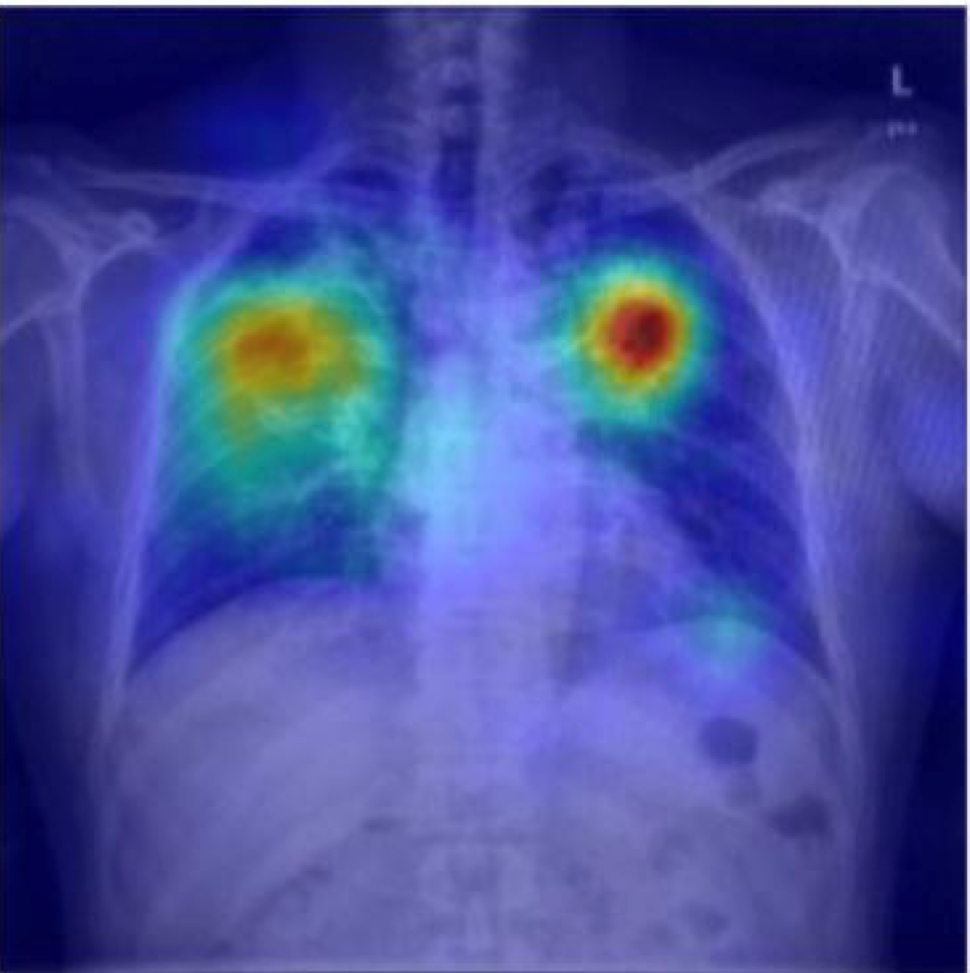- AI
- Molecular Imaging
- CT
- X-Ray
- Ultrasound
- MRI
- Facility Management
- Mammography
Using AI Can Help Diagnose Tuberculosis on a Smartphone
Applying a deep-learning model to a photograph of a chest X-ray can help providers in resource-poor areas diagnose the disease.
A photo of a chest X-ray captured by a smartphone can be enough for providers to diagnose tuberculosis (TB), according to new research.
In a poster presented during this year’s Radiological Society of North America (RSNA) annual meeting, researchers from National Tsing Hua University in Taiwan explained how using a deep-learning TB detection model with those smartphone pictures can impact diagnosis of the disease. This is the first study to pair a deep learning model with a smartphone for this purpose.
This method is critical, said lead study author Po-Chih Kuo, Ph.D., assistant professor of computer science, because early TB diagnosis has historically been difficult in resource-poor countries where radiologists and high-resolution images are not always available. By deploying the algorithm – called TBShoNet – in a smartphone, providers will be better equipped to make a diagnosis on their own.
Courtesy: RSNA

“We need to extend the opportunities around medical artificial intelligence to resource-limited settings,” Kuo said.
Kuo’s team used a database of 250,044 chest X-rays with 14 pulmonary labels that did not include TB to pre-train the neural network. They, then, recalibrated the model for chest X-ray photographs, using simulation methods to augment the dataset. Adding an additional two-layer neural network that was trained on augmented chest X-ray images to the pre-trained model completed TBShoNet.
To test TBShoNet, Kuo’s team took 662 chest X-ray photographs – 336 TB and 326 normal – with five different smartphones. According to their analysis, the model produced 81 percent sensitivity and 84 percent specificity for TB classification.
MRI-Based Deep Learning Algorithm Shows Comparable Detection of csPCa to Radiologists
May 8th 2024In a study involving over 1,000 visible prostate lesions on biparametric MRI, a deep learning algorithm detected 96 percent of clinically significant prostate cancer (csPCa) in comparison to a 98 percent detection rate for an expert genitourinary radiologist.
FDA Clears AI-Powered Qualitative Perfusion Mapping for Cone-Beam CT
May 6th 2024Reportedly validated in more than 10 clinical trials, the AngioFlow perfusion imaging software enables timely identification of brain regions with cerebral blood flow reduction and those with significant hypoperfusion.
New Literature Review Finds ChatGPT Effective in Radiology in 84 Percent of Studies
April 29th 2024While noting a variety of pitfalls with the chatbot ranging from hallucinations to improper citations, the review authors found the use of ChatGPT in radiology demonstrated “high performance” in 37 out of 44 studies.
